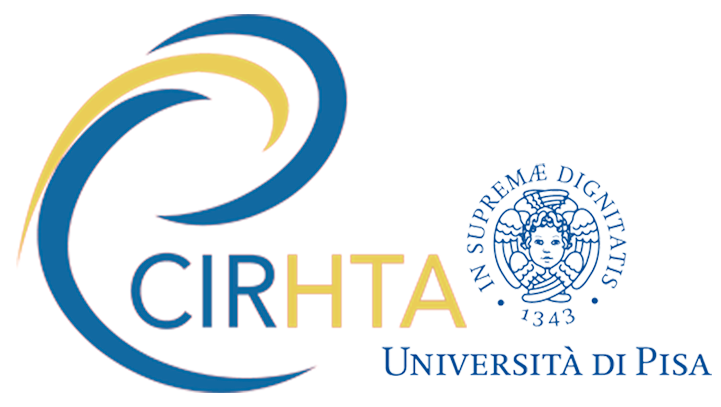Ecosistema dell'innovazione sulle scienze e le tecnologie della vita in Toscana
Titolo Proposta Progettuale
Standardization of a tool for micro-level HTA of Medical Devices
Descrizione
The progressive improvements of scientific research in the development of technologies embedded in medical devices (MD) is reflected in the continuous growth of the introduction rates of these technologies. These innovative MD need to be evaluated through a decisional process capable to include a broad range of criteria (e.g., clinical value, safety, effectiveness, economic/organizational impact, and burdens the end user suffers).
Health Technology Assessment (HTA) allows to effectively tackle such complex decision process: indeed, through the use of Multi-Criteria Decision Analysis (MCDA), HTA can include a multiplicity of assessment aspects. Hence, in recent years, experiments on approaches that combine HTA and MCDA have been investigated, also in the field of micro-level HTA (or local/hospital-based HTA), to support local decision-makers in selecting MD.
However, locally led HTA tools based on MCDA differ in terms of both the MCDA technique, and the utilized criteria (strictly tailored to the specific MD to evaluate). Albeit partially due to the necessity to cater to specific needs of the local contexts, such diversity is due to a lack of clear guidance at the (inter)national level. This is because, firstly, only a small proportion of MD used in hospitals are actually assessed by national health authorities. Secondly, HTA of MD has been largely developed with the evaluation of drugs in mind, so overlooking differences between drugs and devices, and neglecting pivotal aspects of MD.
Hence, the practical implementation of HTA tools has been seriously jeopardized, since decision makers are required to identify new criteria each time they have to assess new devices, propose adequate measurement scales, validate them and select the MCDA technique.
According to the EU Parliament recommendation (adopted by EUnetHTA) to promote convergence in HTA tools/procedures/methodologies, this project answers the call for a standardized tool for micro-level HTA based on MCDA.
Risultati attesi e avanzamento TRL
This project aims at proposing a standardized tool for the micro-level HTA of MD that 1) while avoiding bespoke criteria, builds on a standardized set of criteria which is usable for all devices, whatever their class (I, IIa, IIb, III); 2) identifies the most suitable MCDA technique to use, according to the suggestions the National Anti-Corruption Authority (ANAC)’s code of conduct provides (e.g., AHP, ELECTRE, and TOPSIS).
Anyhow, the proposed standardized tool will allow including elements of flexibility (introduction of specific criteria) to take into account the specific characteristics of the investigated technology and the idiosyncratic characteristics of the context.
The TRL is 6: a preliminary tool has been put forward, but it needs further development to 1. refine/include new criteria; 2. understand the different decisional contexts in which MD are evaluated (e.g., number and types of decision makers, relationship between them); 3. understand the best MCDA technique to be used.
Impatto atteso
For local institutions, this tool, while getting rid of time-consuming phases (criteria design and validation), speeds up the introduction of MD. The reduction of the effort for designing ad-hoc tools releases resources for the assessment of lower-risk/cheaper MD that, despite relevant in the balance sheets of local institutions, usually are not assessed because judged unworthy of the effort HTA techniques require.
For MD manufacturers, a standardized tool, if employed internationally, would avoid them dedicating resources for coping with the different assessment processes of the local institutions in the different countries.
From a policy-making viewpoint, this tool can speed up the introduction of innovative products, promoting public health and foster MD assessment in the low/middle-income countries that are lagging behind in the HTA process at the micro-level.
Possible indicators to judge this tool’s impact are: 1) the number of assessed MD and 2) the health institutions adopting it.
